
October 10, 2023
Sweater Weather Continues…
In our last post we briefly touched on some sweater construction methods that are great for both beginner and experienced knitters. But today, we wanted to touch on some construction methods you may not be as familiar with or that are just not as mainstream as they once were.
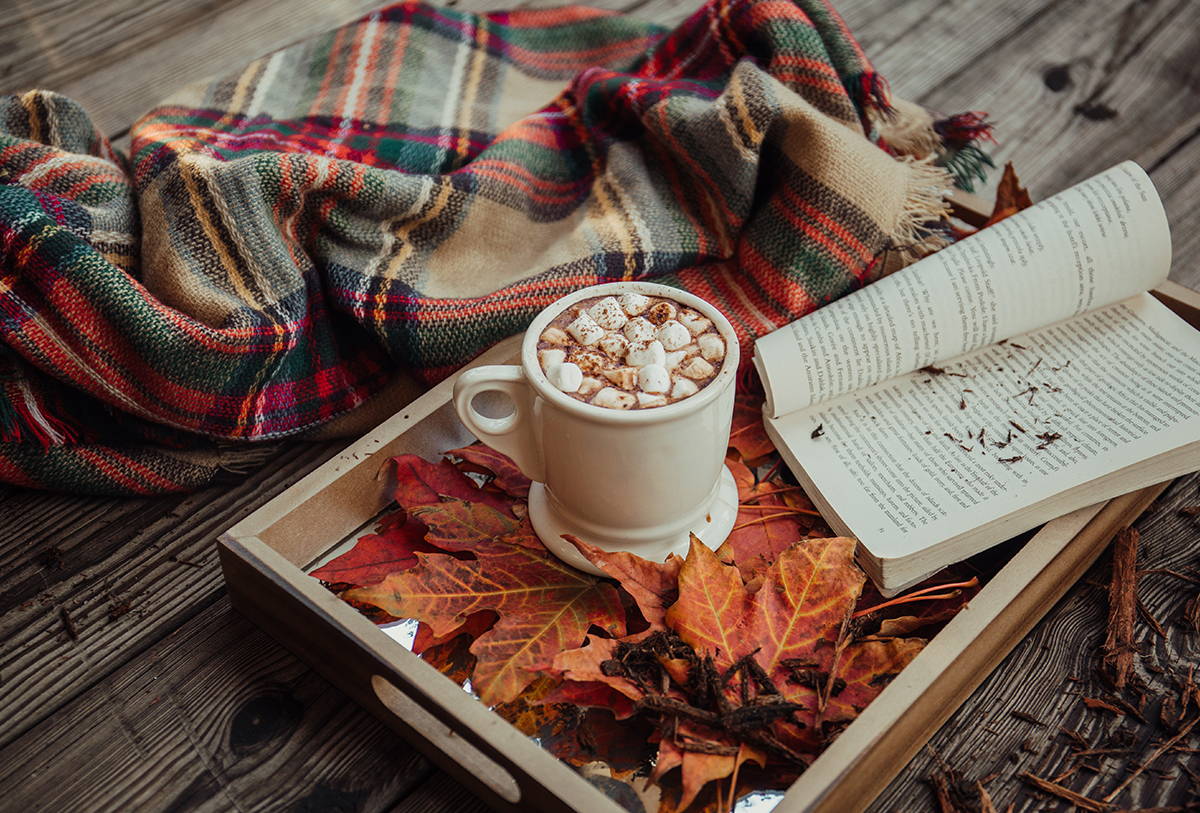
Seamed Sweaters
One method that comes to mind is a seamed sweater. This used to be very popular a couple decades ago, but we just don’t see it as much anymore. That being said, it is still a fantastic way to make a sweater. By seaming a sweater, we are creating more structure for the garment, thus helping the fabric keep its shape through much love and wear. Another benefit to this type of construction can be the portability of the knit. Because it is knit in pieces, you can easily take it on the go with you! Some more modern examples of a seamed sweater are the Colvin by Julie Hoover and Broadleaf by Wool & Pine.
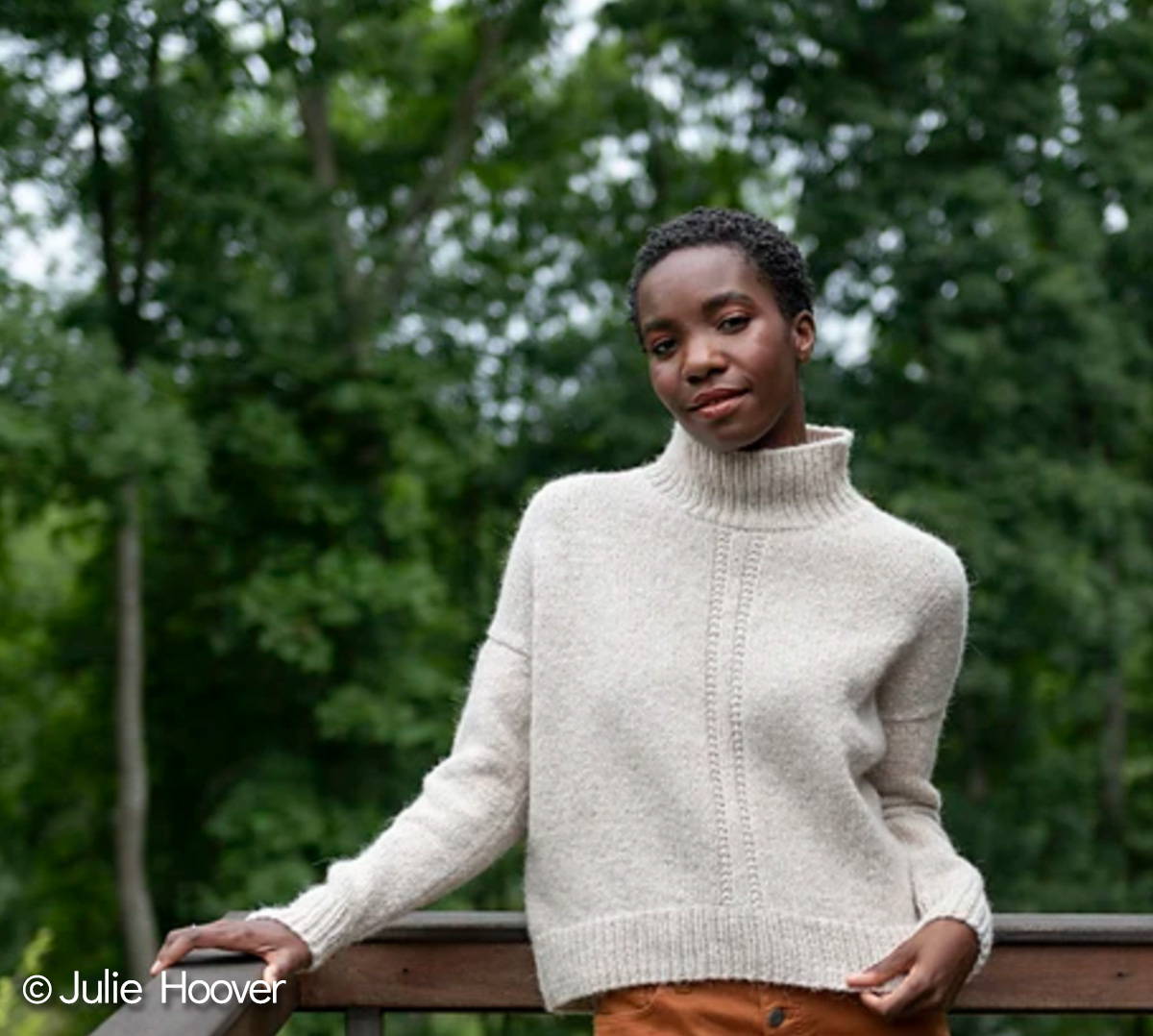
Colvin by Julie Hoover
A Worsted weight, relaxed turtleneck pullover with perfect proportions that delivers all the subtle details you would expect — a subtle curved hem, decorative center front/back stitch detail, visible back shoulder decreases.
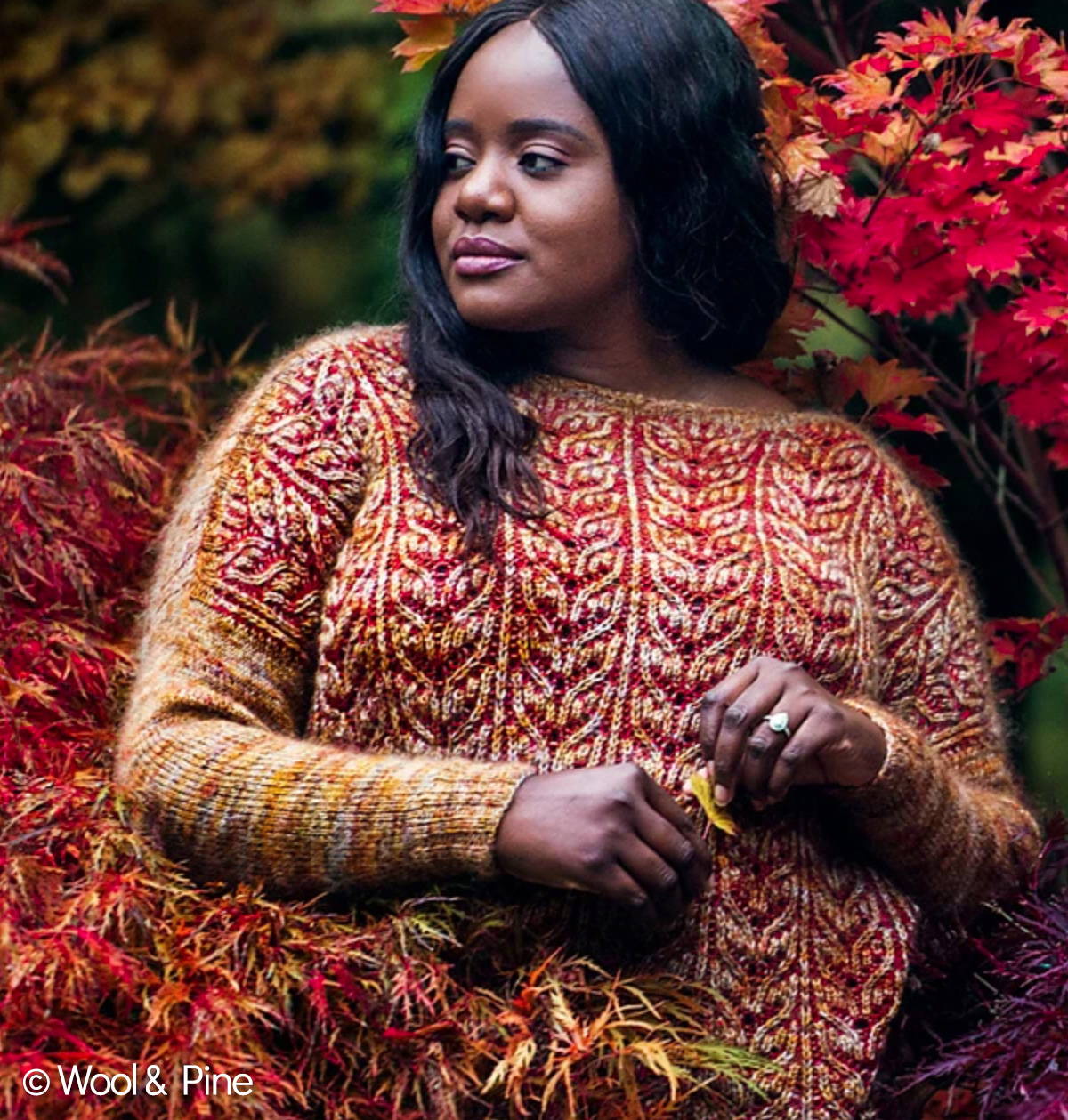
Broadleaf by Wool & Pine
A stunning sweater featuring a highly textural brioche motif on the front and back. The pattern calls for one strand of mohair and one strand of sock yarn, creating a beautifully cozy fabric that drapes elegantly. Plus, with the option to include a stockinette back, you can customize your Broadleaf to your desired level of texture.
The Ziggurat Method
Ziggurat is a construction method designed by Asa Tricosa. This method integrates beautiful shaping for the neckline and back, along with a set-in-sleeve look without any seaming. Included in her designs are button band and pocket integration. Her Ziggaurats book walks you through knitting sweaters, cardigans, but also features many tutorials. This is definitely a bucket list knit!

Dusala by Åsa Tricosa
The simple, chic silhouette of this classic cardigan provides a perfect palette for all kinds of colour play.
The Cocoknits Method
Julie Weisenberger is a renowned knitwear designer known for her Cocoknits seamless garment method. She is also a fabulous teacher and known for making tools for knitters that make our precious time with our projects easy and enjoyable. She has published a Sweater Workshop for her Cocoknits Method that takes you through her designs with a color-coded chart and corresponding stitch markers to create a seamless garment that is tailored to your specific body. Julie sums up her method perfectly by saying, "The Cocoknits Method brings together a distinct system for knitting top-down, seamless sweaters with streamlined designs that women will actually wear – and have the time to knit."

Molly version A by Julie Weisenberger
The Molly pullovers are a sophisticated take on a basic sweatshirt. The simplicity of the pattern allows a beautiful yarn to take center stage.
What's your favorite sweater construction?
We hope you have enjoyed learning a little more about some of the various ways to construct sweaters from the last couple blog posts. Next time we will be showing you one of our favorite tools that we use to keep our sweaters looking great!
For those of you who haven’t joined our Fall KAL yet, we hope the last two blog posts have created some inspiration for you. We would love to see you over in the Ravelry group! This year our KAL/CAL includes a thread for any knit and/or crocheted gifts you are planning to make your loved ones this holiday season. Details can be found over in the group.
Happy knitting and crocheting, friends!
The Plucky Crew
P.S. We love seeing all of your beautiful creations made with Plucky yarn! Please tag us @thepluckyknitter or use the hashtag #pluckyknitter on Instagram and Facebook so we don't miss them! And sign up for our newsletter emails for a look at upcoming yarn and kit updates!
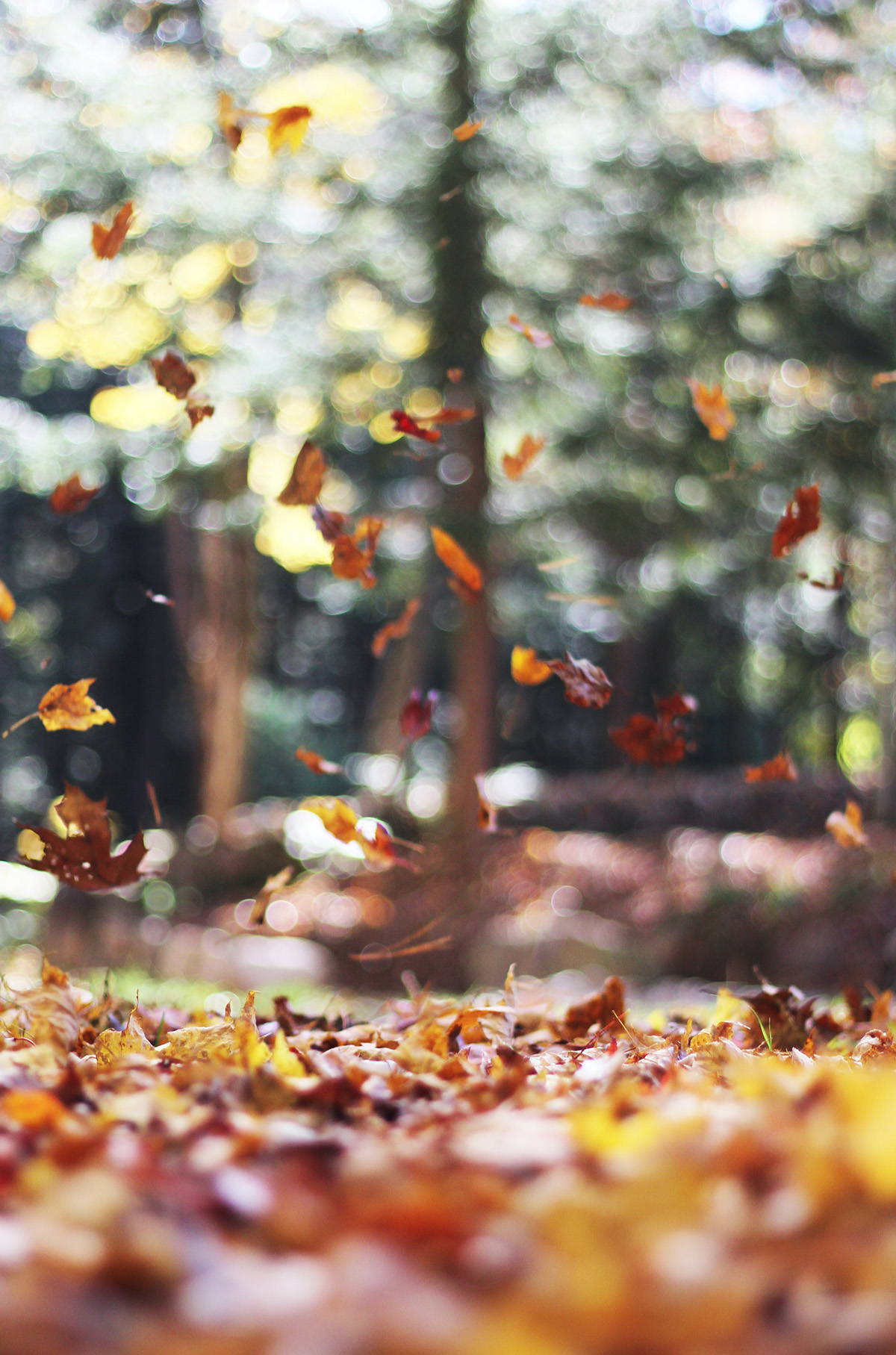

September 25, 2023
Sweater Weather Forever!
With the temperature dropping and the leaves continuing to change, here in the northern hemisphere, Autumn is just beginning! Our sweater-making hearts LOVE this season! It's the season we all affectionately refer to as Sweater Weather!
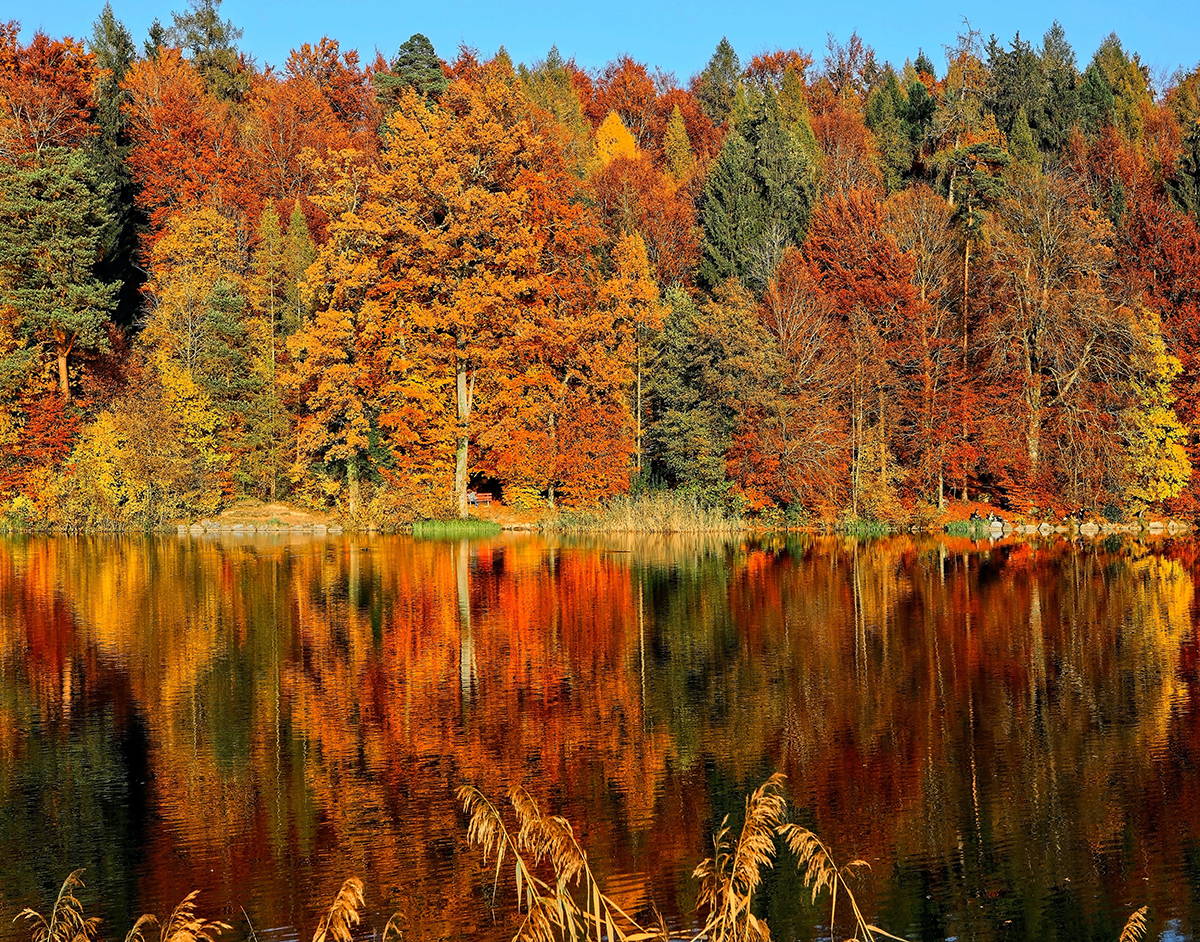
Types of Sweaters
Most knitters are familiar with the more classic constructions of sweaters, like the raglan shape or a circular yoke sweater. But in this post, and the next, we wanted to take a look at not just those types of construction methods, but also some of the methods that are a little less mainstream, and then talk a bit about the benefits of ALL the various styles and constructions.

The Raglan:
Raglan sweaters most often are knit top-down with the shaping taking place along 4 diagonal lines from the shoulders to the underarms. One of the benefits to knitting a raglan style sweater is they are usually designed to have more of a sweatshirt fit, so this would be a good option for a first-time sweater knitter. The Flax or Flax Light sweaters by Tin Can Knits are beginner friendly patterns with simple instructions for fantastic results!
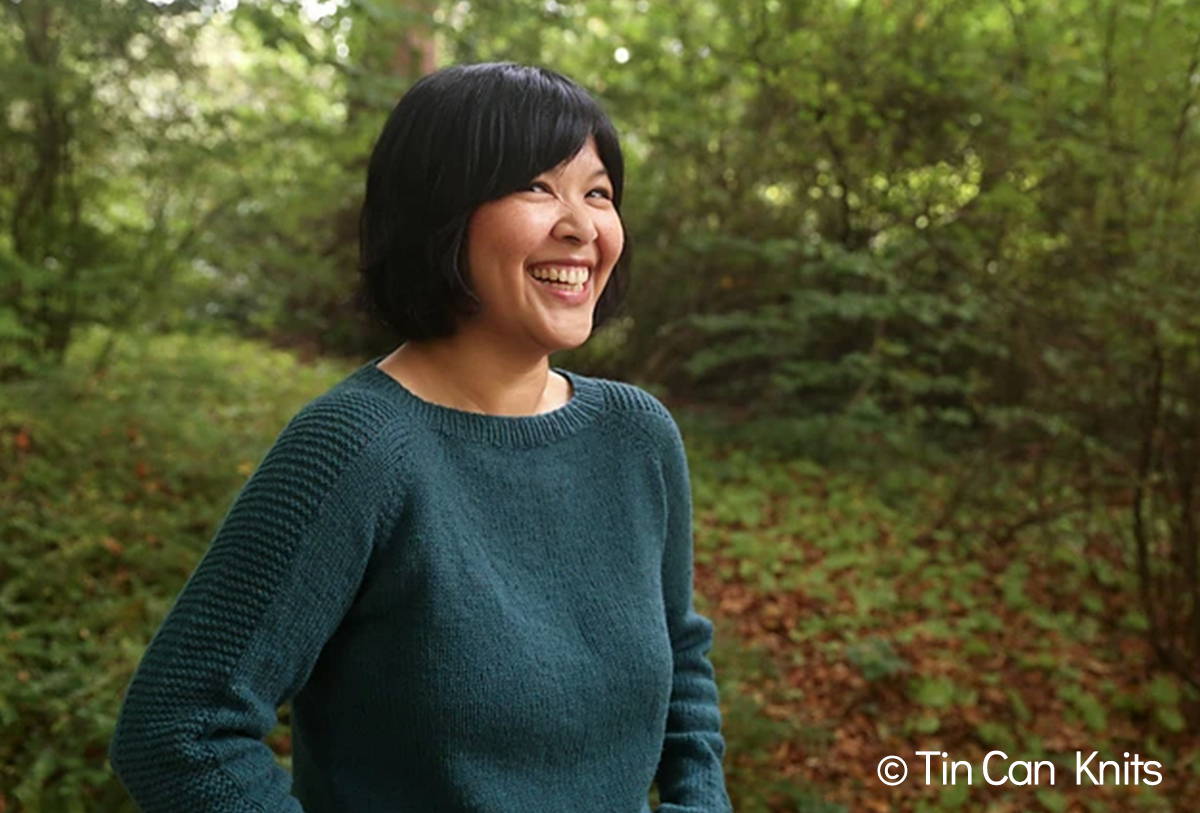
Flax by TinCanKnits knit in Worsted weight, would be the ideal in Luxe Worsted, available 24/7 as one of our fall PK Essentials bases.
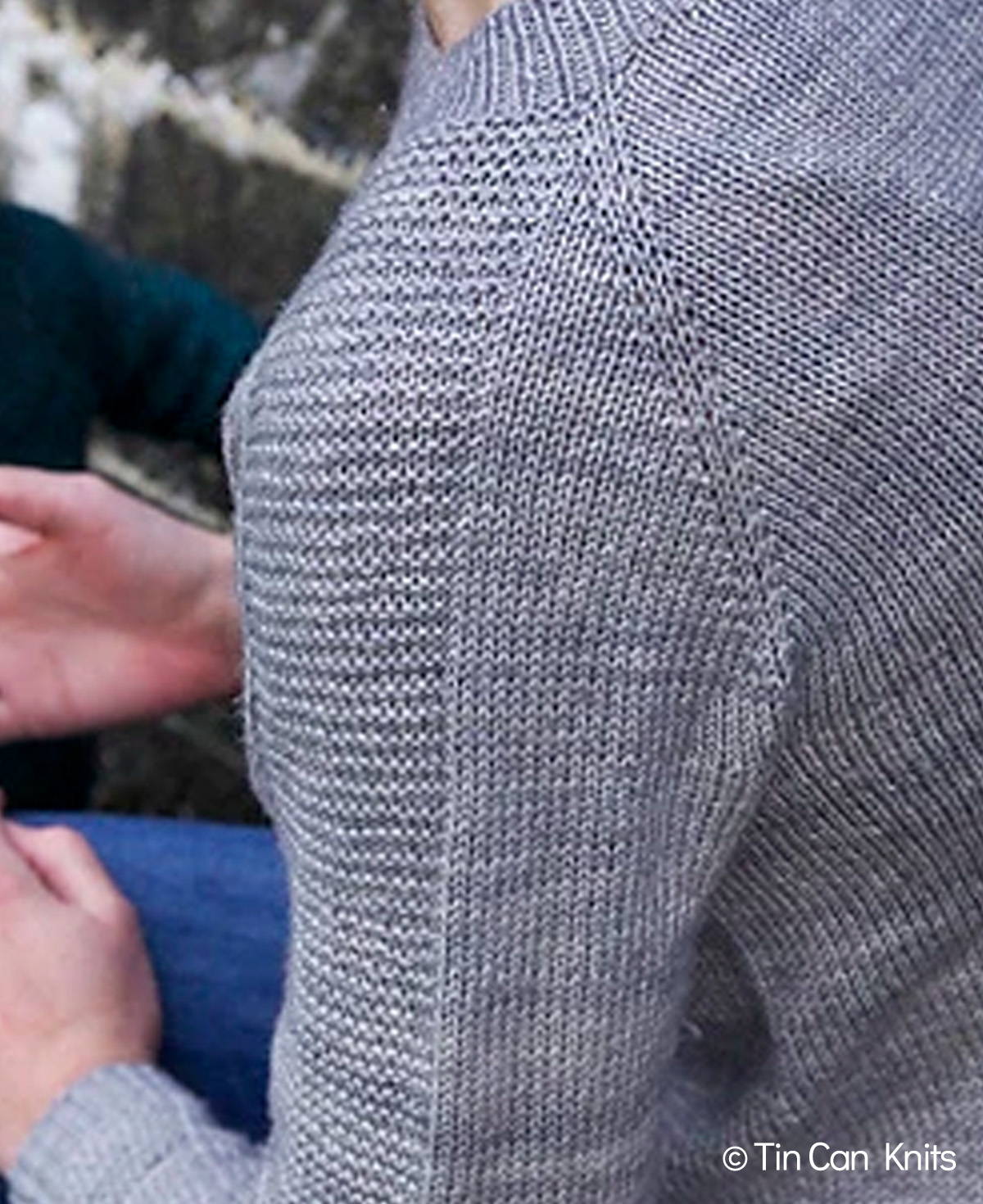
Flax Light by TinCanKnits is knit is knit in a fingering weight yarn, some great bases for this sweater would be Feet Fingering and Primo Fingering, also available 24/7 in our fall PK Essentials.
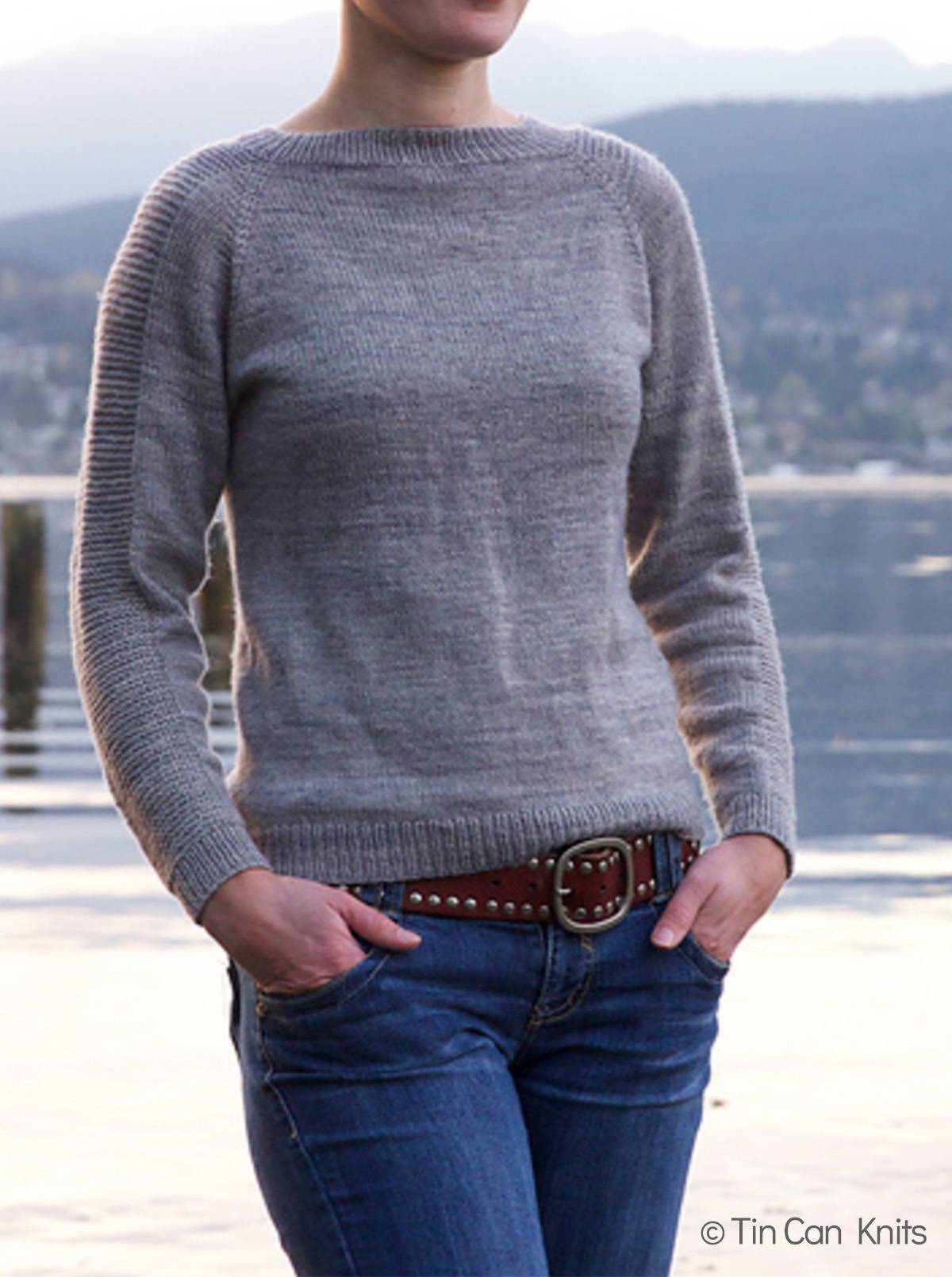
Circular or Round Yoke:
A yoke sweater is typically knit in a circle, with the shaping happening only on a few rows of the pattern as a way to mask the armhole shaping. Most often these types of sweaters are knit top-down, but they can also be knit bottom-up. This type of sweater construction is great for showing off stranded colorwork designs! Some examples are the Misurina by Catlin Hunter and the recently published Georgiana sweater by Amy Opie. (Kits available in the shop).

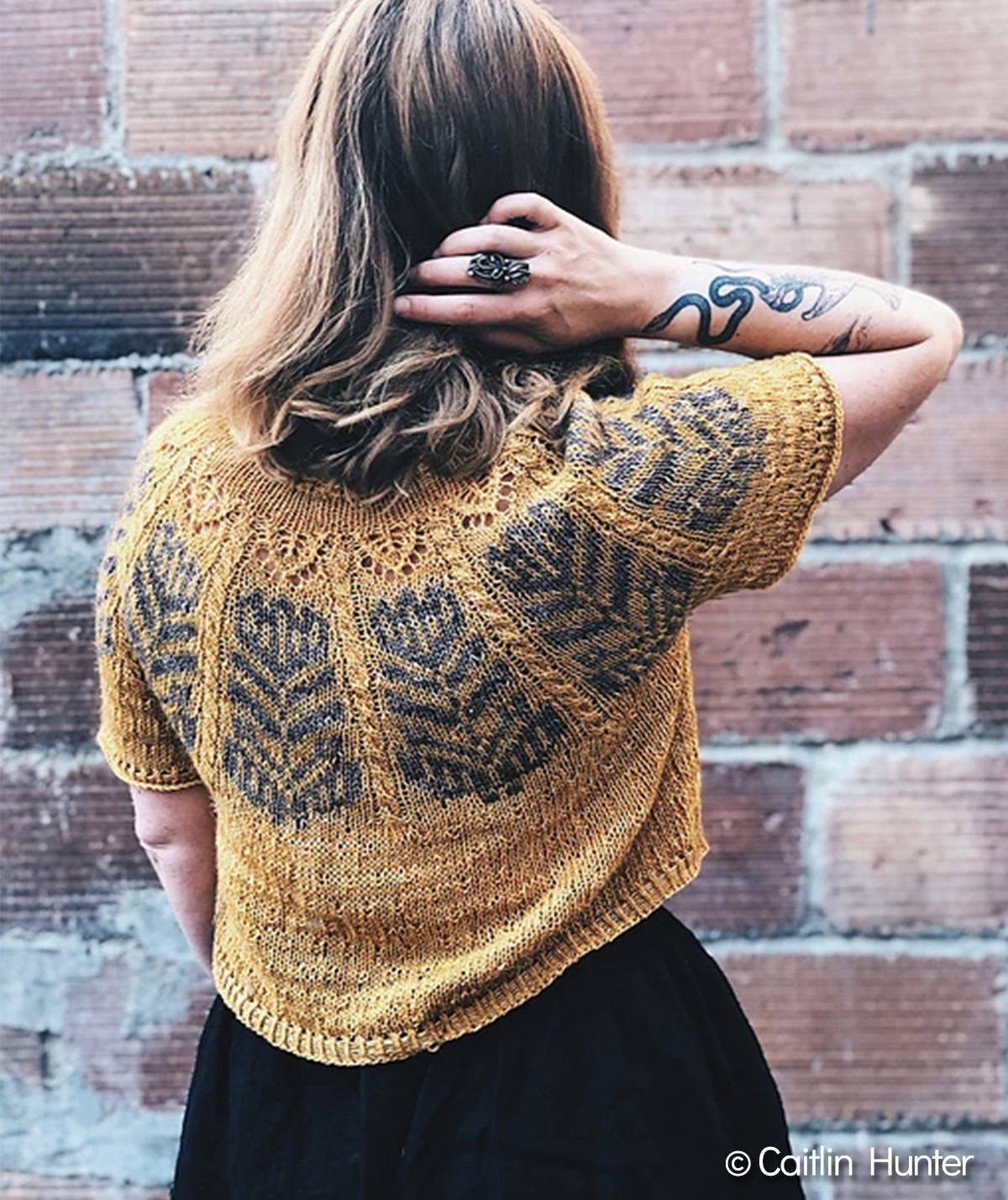
Misurina by Caitlin Hunter is a top-down, fingering weight, yoke sweater featuring lace, cables and colorwork for a trifecta of knitting techniques!
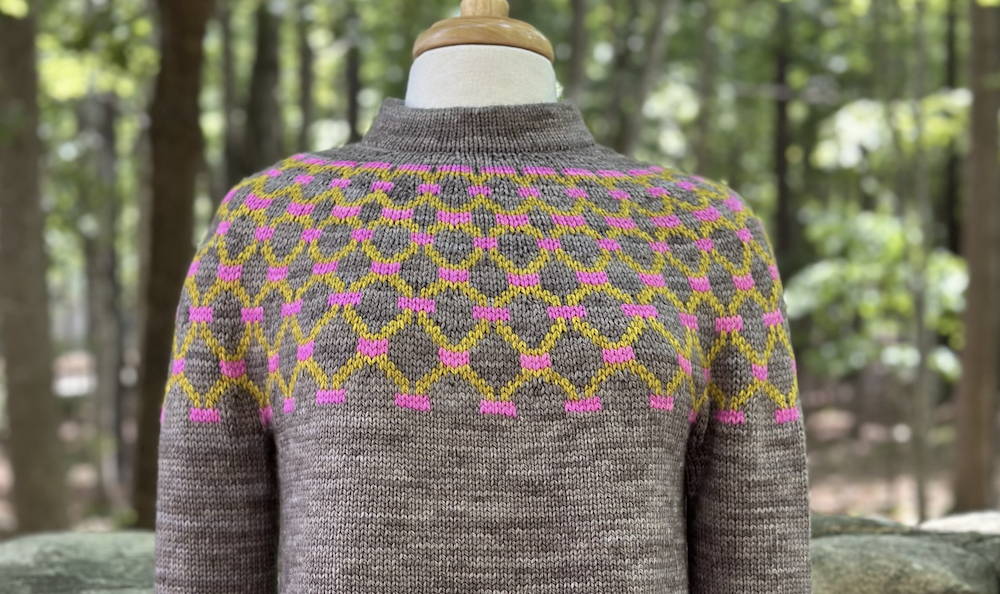
Georgiana Sweater by A.Opie Designs is a stranded color work design, featuring a 3-color octagon motif that creates the look of an abstract honeycomb.
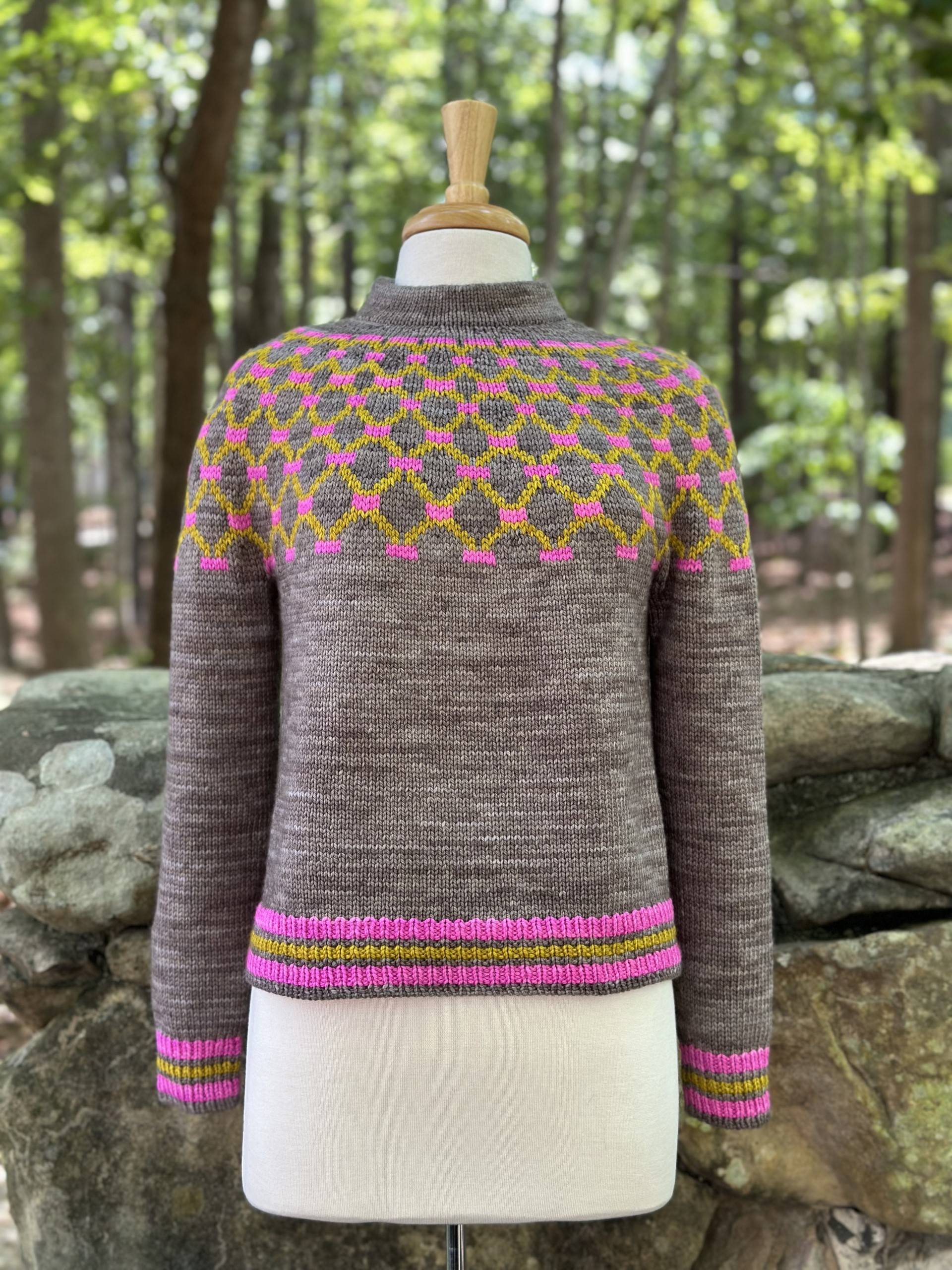
Drop Shoulder:
Drop Shoulder sweaters are designed as either top-down or bottom-up. They are usually oversized, as that accounts for a lack of armhole shaping. The sleeve seams drop down off the shoulder. Once again, this style of sweater can be easy to knit once you know some basic techniques. Joji Locatelli’s The Easy One (top-down) or Andrea Mowry’s The Weekender (bottom-up) are great examples of ways to construct this style of sweater.
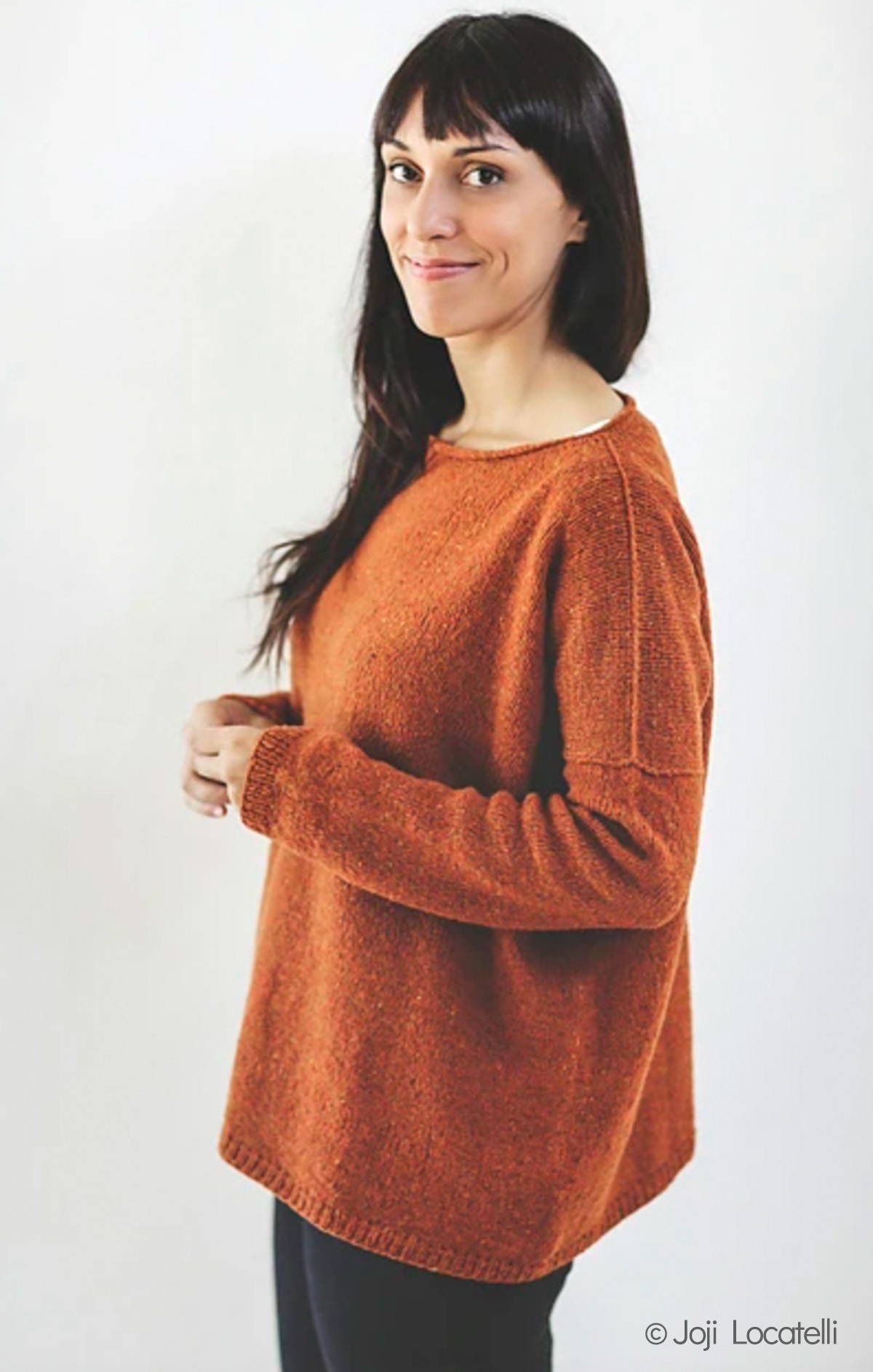
The Easy One by Joji Locatelli is the perfect first sweater for those knitters who’ve always been afraid of making one. With its comfortable relaxed fit, you’ll be sure that it will fit you no matter what.
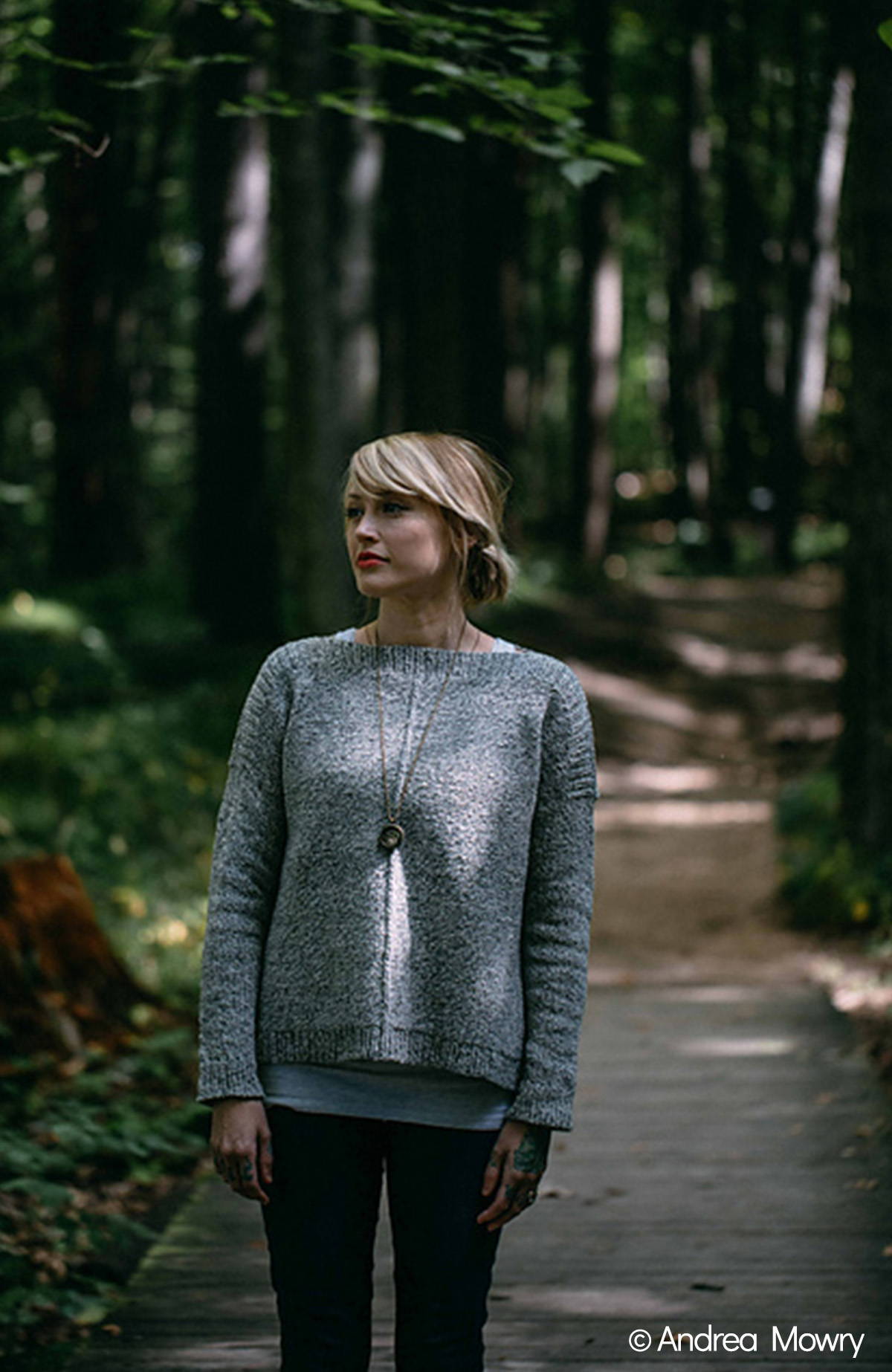

The Weekender by Andrea Mowry combines some of Andrea's favorite attributes - texture, faux seams, drop shoulder, and some positive ease to create this versatile, flattering sweater!
Timeless Styles
These are some examples of timeless sweater styles that are great for those of you who are just dipping their toes into sweater knitting or for those who have been knitting sweaters for decades. But stay tuned, because in our next blog post we will look at some interesting construction methods that are not as mainstream and would be fun to try out!
Don't forget to join our Fall KAL/CAL starting October 1st over in our Ravelry group! Maybe one of these types of sweaters is in your queue? If so, head to the group and join the fun!

Happy knitting and crocheting, friends!
The Plucky Crew
P.S. We love seeing all of your beautiful creations made with Plucky yarn! Please tag us @thepluckyknitter or use the hashtag #pluckyknitter on Instagram and Facebook so we don't miss them! And sign up for our newsletter emails for a look at upcoming yarn and kit updates!

September 12, 2023
YOU and Plucky Yarn
In our inaugural blog post we took a deeper look at Plucky’s proprietary custom-milled Primo yarn line and why it is such a special blend.
However, at Plucky, we know it’s about more than the yarn we sell, it’s what YOU do with our yarn. It’s the very act of YOU making something with YOUR hands. It’s about creativity, expressing individuality, putting heart and soul into every stitch, and making something that captures emotion and lasts for years, sometimes even generations.
Meet Carmen!
In this post we want to share a wonderful knitting story from Plucky’s good friend and extraordinary knitter, Carmen Bauer.
As she tells it, this past winter she was at an appointment and hadn’t even gotten her coat off when Bri, one of the ladies who works there said, “Hey Carmen, question for you--you knit, right?”
She proceeded to tell Carmen that she had been trying to find a baby girl christening sweater for her niece’s upcoming baptism in the spring. She wanted it to have a cross on the lapel and be really soft. Nothing like that was available in Etsy. So… long story short, Carmen knit a cardi and bonnet for Bri to give to her niece, Adela. It fit baby Adela perfectly on her baptism, and her Mom loved it. In fact, she said it’s an heirloom. The pattern was in an old Sirdar pattern book. The yarn—Plucky Primo Fingering in Dreamy. As Carmen said, “This is what makes a yarn special--the story around what it becomes.”
At Plucky, we think that says it all!

“This is what makes a yarn special--the story around what it becomes.”
-Carmen Bauer

Baby Adela in her baptism sweater knit by Carmen Bauer in Primo Fingering in Dreamy. Photo used with permission.

Dreamy on Primo Fingering
Cute Baby Knitspiration
Maybe you are looking for a cute baby knit to make for that special little bundle of joy?

Rosie Dress by Suzie Sparkles
This adorable little dress is just so precious and designed to be easy to knit and to get your little one dressed in. It is knit seamlessly in the round from the top down with a cute back button fastening detail. Suzie has included 7 different sizes too, from Preemie up to 6 years old. She has been designing baby knits since 2014 and has so many other cute little designs available too.
Norwegian Fir Top Down Cardigan by OGE Knitwear Designs
This seamless little top-down cardigan is an intuitive knit. Worked in garter stitch with a simple, effective raglan pattern which adds just enough interest when knitting. This pattern is available in 8 sizes, from 0-3 months all the way up to 9 years old. Vera has been designing since 2011 and has so many stunning options for your little ones.

Creativity Knows No Bounds
At Plucky, we love the creative process, whether it’s curating new luxury bases, hand-dying artisan yarns, coming up with new colors, planning inspiring sales updates, you name it. Yet, we know creativity knows no bounds and expands beyond knitting and crocheting. Creativity is expressed in so many ways—as simple as planting a few flowers and grasses with a gnome plunked in for a little company, experimenting with a new recipe, or redecorating with bold floral wallpaper!

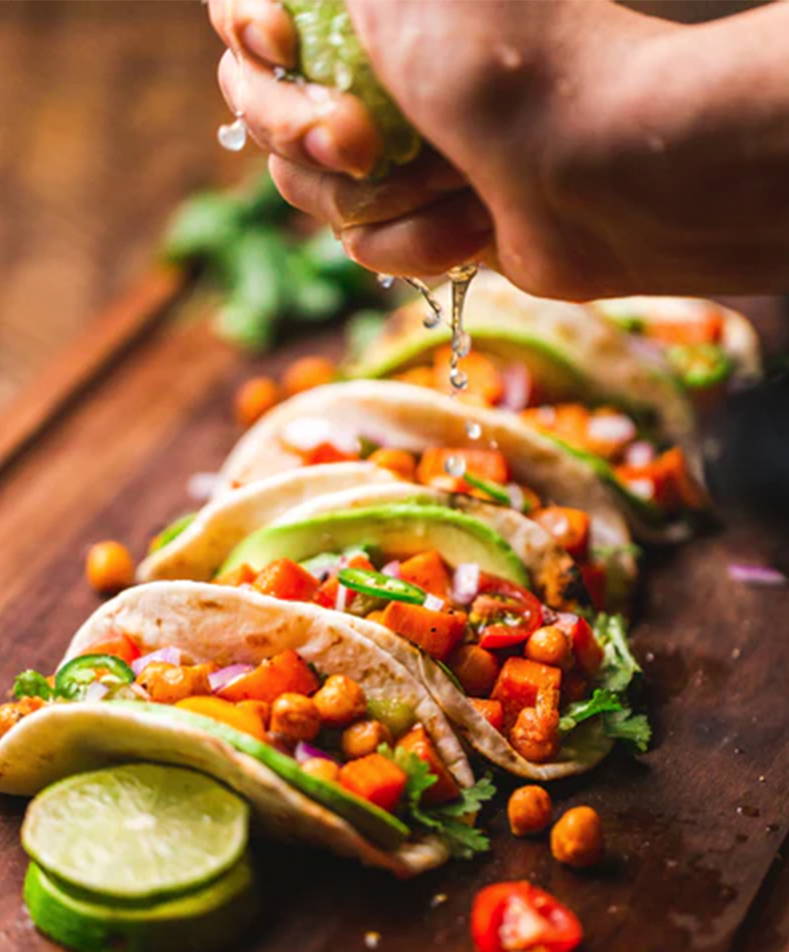

There’s a quote by Maya Angelou that comes to mind: "You can’t use up creativity. The more you use the more you have.”
Once again, we think of our friend Carmen! Not only is she a very accomplished knitter, Carmen also has become a very accomplished water color artist. She enjoys painting people, nature, and especially animals. Carmen has quickly gained a reputation as an outstanding painter and is now doing commission work, using her creativity to give the gift of creativity to others as expressed in her beautiful artwork. Check out her Instagram page!




Now mind you, Carmen still is an avid knitter and gets together with her knitting groups every week. And, she’s proof that you really can't use up your creativity, because the more you use, the more you have.
And as a way to express your creativity, we would love to have you join our annual Fall KAL/CAL starting October 1st. To find out how, head over to the Plucky group and check it out!
We would also love to hear more of YOUR creative journeys! Feel free to tell us via customerservice@thepluckyknitter.com!
Happy knitting and crocheting, friends!
The Plucky Crew
P.S. We love seeing all of your beautiful creations made with Plucky yarn! Please tag us @thepluckyknitter or use the hashtag #pluckyknitter on Instagram and Facebook so we don't miss them! And sign up for our newsletter emails for a look at upcoming yarn and kit updates!

August 30, 2023
Plucky’s Flagship Yarn
A Custom Milled Blend of Classic and Luxurious.

We thought our inaugural blog would be an ideal place to talk about Plucky’s oldest custom milled base, Primo.
Primo Fingering and Worsted have been with us since 2011! Over a dozen years later and we’re pleased to say the Primo line has stood the test of time, with DK and Sport weights added over the years. (Thank you, customers and friends around the world, for loving this base so much!)
First, a bit about the name: Primo is defined as “first" or "exceptionally good at its kind, most valuable." Being Plucky's first custom milled base, the name Primo certainly fits, but now you may be wondering, why is it an exceptionally good base to work with?
What makes Primo special?
How does Primo stand apart from other Merino/Cashmere/Nylon (MCN) blends?
One of the primary ways the Primo line is different from other MCN’s is the amount of Cashmere blended into the yarn. It contains 20% of this exquisite fiber! In addition, the Merino is also very special (more on that in a bit.) And, with only 5% nylon, the Merino and Cashmere really shine!
Luxurious Cashmere and Merino Content

Let's take a closer look at the luxurious Cashmere content!
Did you know there are roughly 20 different subtypes of Cashmere goats? These goats grow a long, delicate undercoat designed to help insulate them during the winter months. This fiber is much finer than the finest wool from sheep and up to eight times warmer as well! Cashmere is truly considered one of the most luxurious, sought after fibers in the world!
Now let’s dig a little deeper into the Merino content of the Primos…
Did you know that Merino sheep are royalty? That’s right, this sheep breed dates back all the way to the twelfth and thirteenth centuries when Spanish royalty imported rams from Africa to create a fine wool-producing sheep like no other. Thus, the Merino breed of sheep we know and love came to be!
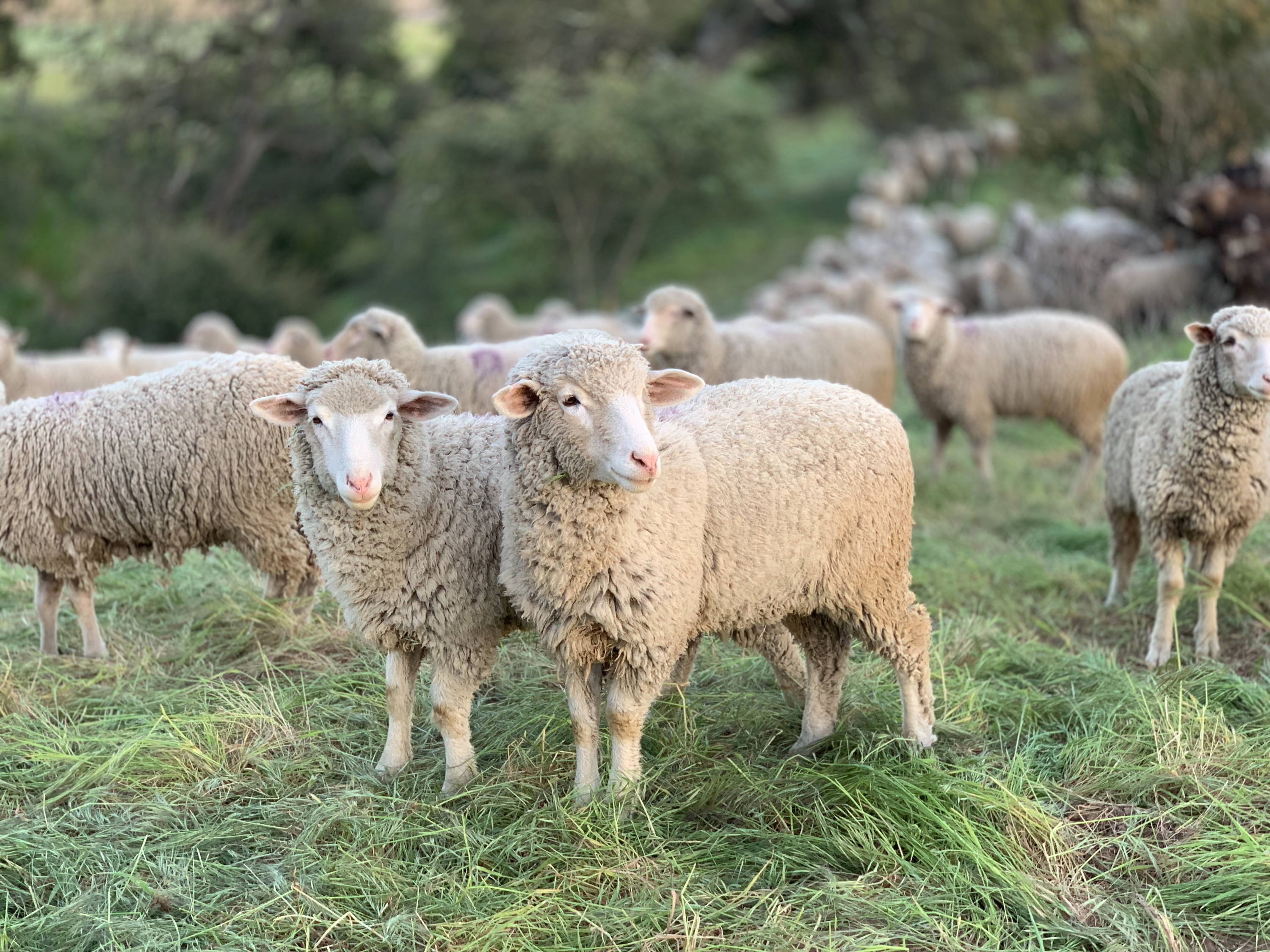
But, while all Merino falls within a range of next-to-skin soft, the micron counts—a unit of measure relating to the fineness of fiber that is assigned at the mill—typically ranges from 11.5 to 26. The lower the number, the softer it will be. That being the case, we make sure the Merino blended into our proprietary Primo line of yarn is some of the softest with one of the lowest micron counts in the industry.
With all this in mind, Plucky custom milled an exclusive luxury blend in our Primo line featuring the elasticity and memory provided by wool that has an extremely soft hand (the Merino), along with a generous amount of one of the finest fibers in the world (the Cashmere), and then with just the right touch of strength and durability (the nylon.)
The Artistry of Primo
And did we mention how beautifully the Primos take hand-dyed colors? They appear softer due to the Cashmere content, yet still vibrant and eye-catching.
Another feature you will notice when using our Primo yarn is the plump structure of the twist, creating a well-balanced yarn to work with. (We love that the owner of a shop that stocks Plucky tells her customers, “Primo makes you a better knitter because your stitches come out so even.”)
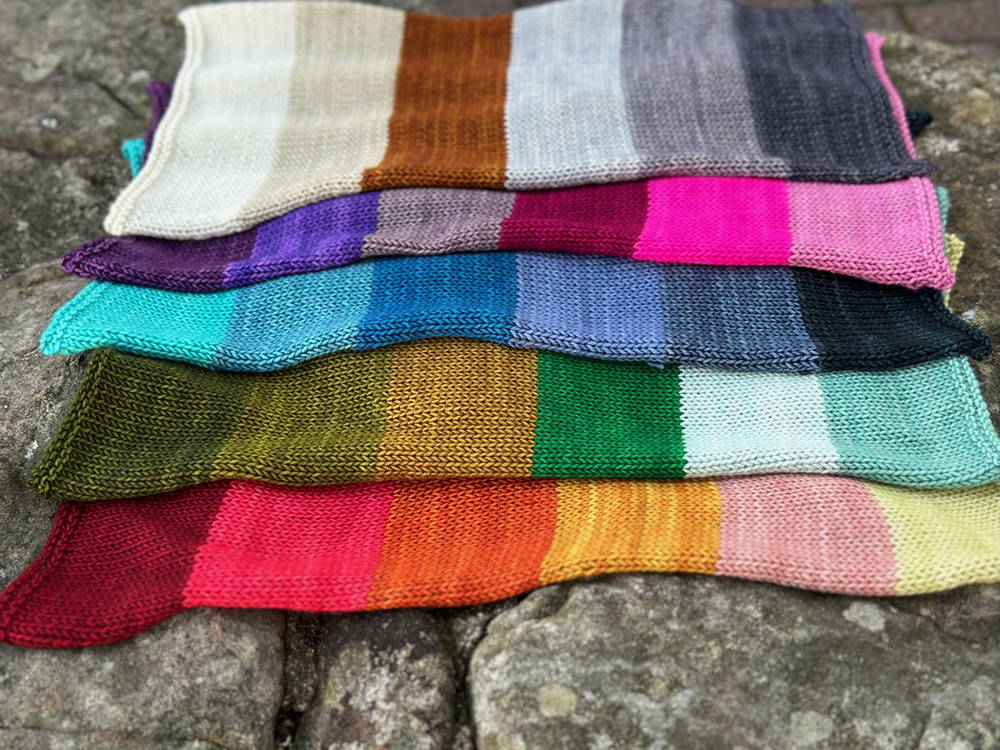
Primo Knitspiration
Being a Worsted spun yarn in addition to having a nice round twist accentuates the texture of cables or the open, airy nature of lace work. It also makes for a beautifully drapey stockinette or garter fabric. Here are just a few examples we couldn’t resist sharing.
Ashburn by Melanie Berg and Shoot the Moon Shawl by Plucky Knitter Design

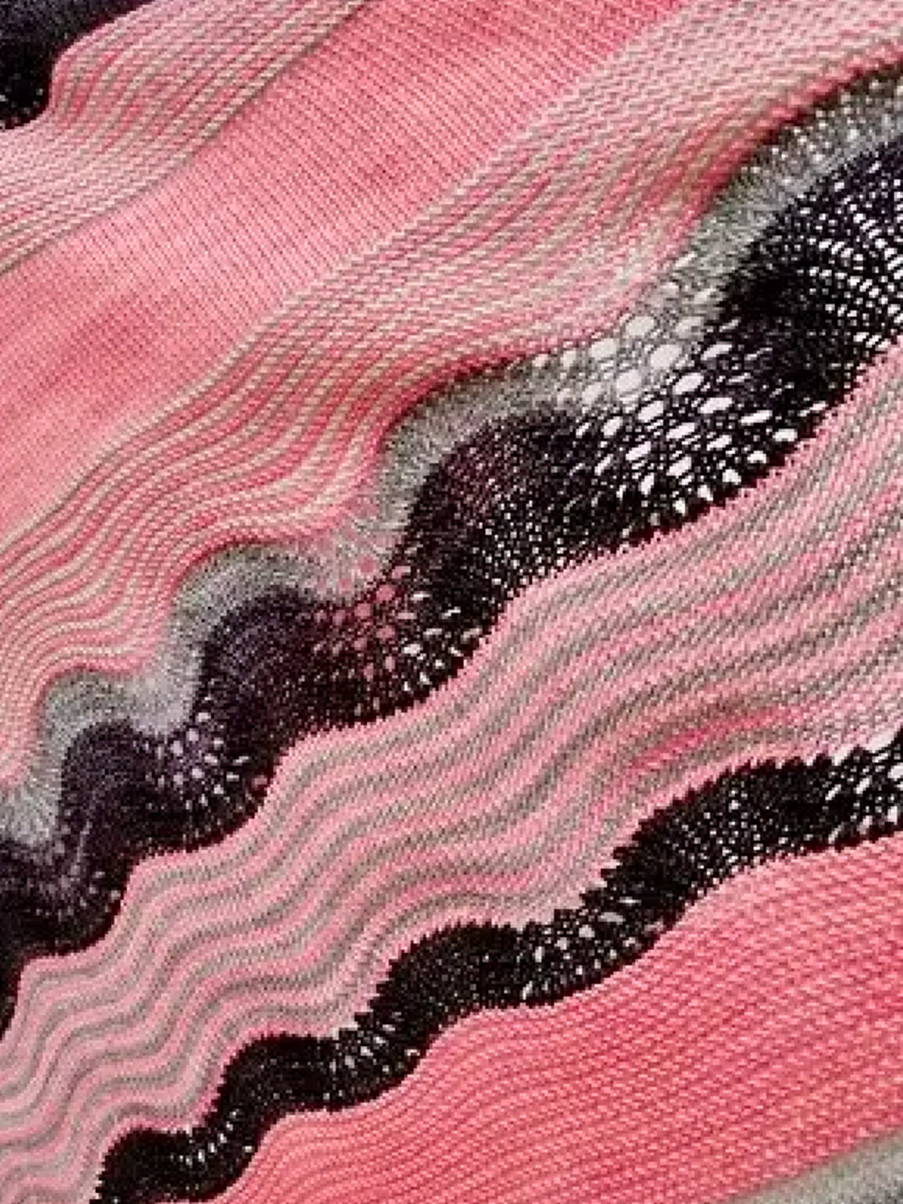
We hope you’ve enjoyed learning more about our Primo line in our very first blog as another way to connect with you. Watch for more to come!
Happy knitting and crocheting, friends!
The Plucky Crew
P.S. We love seeing all of your beautiful creations made with Plucky yarn! Please tag us @thepluckyknitter or use the hashtag #pluckyknitter on Instagram and Facebook so we don't miss them! And sign up for our newsletter emails for a look at upcoming yarn and kit updates!

